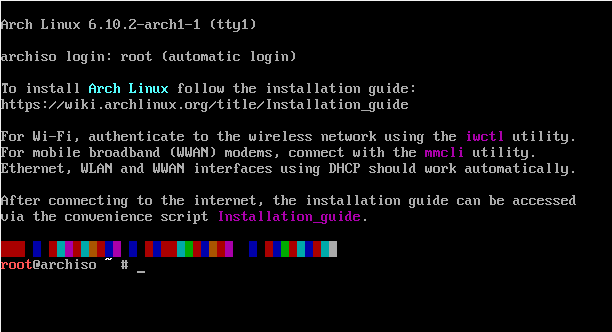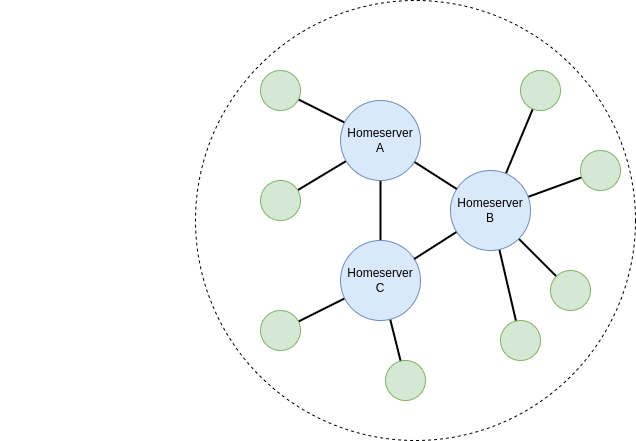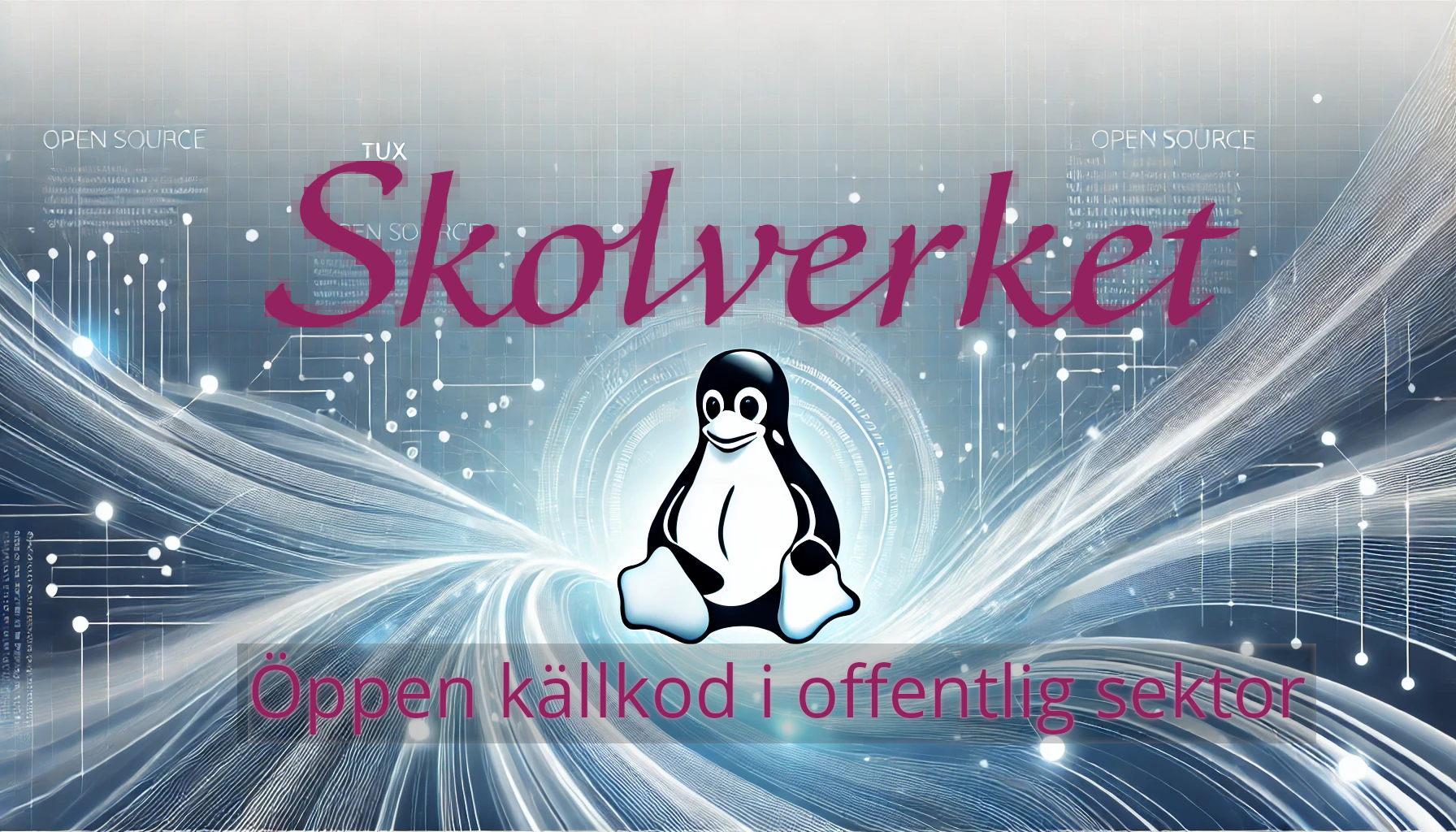Tekton is a neat Kubernetes native CI/CD system. In this article we will explore what Kubernetes native means and show how this allows us to implement CI/CD features that are not present in Tekton itself by leveraging the power of the Kubernetes API. As an example, we will show how to ensure that Pipelines do not run in parallel.
... [continue reading]Lombok – avoid getting burned by the boilerplate
Executive summary
This blog describes briefly the most commonly used annotations of the code generation tool Lombok which shields the Java developer from having to generate or write so called ‘boilerplate code’. It begins with explaining that term and the problems it may cause, continues with a brief setup description of a Maven based Java project that incorporates Lombok and then display some useful annotations.
These annotations are grouped after function such as object creation, field access, some methods ... [continue reading]
Time-tracking systems - Timewarrior and ActivityWatch
This is my concluding post in a series of three posts.
- The first blog post contains my general thoughts on time tracking.
- The second blog post compares different time-tracking software.
- When writing this last blog post I’ve been using Timewarrior together with ActivityWatch, Waybar and some home-brewed scripts to track my time as good as I could for a couple of months.
Executive summary
In this blog post I’ll give ... [continue reading]
Time tracking systems - software
I’ve considered time tracking and I’ve tested several software solutions. Perspective matters - I’m a systems administrator, I prefer doing things through the command line, and my favorite programming language is Python. My recommendations will be biased. I also feel strongly about open source and free software, and I want full control of my own data. Solutions where I cannot download the source code is not considered, same if I need to send my data to some “cloud solution”.
Time tracking systems - general thoughts
Someone asked/told me “What time tracker software do you use? I use hamster, and would recommend that”. This caused me to fall into a deep rabbit hole, looking into hamster and other time tracking software. I started documenting my journey, and I will compile it into three blog posts:
- This blog post contains my general thoughts on time tracking.
- Next blog post compares different time tracking software.
- Last blog post will tell detailed experiences from using ... [continue reading]
Creating and using a script to Install Arch linux through wifi
There are many different ways to create a bootable USB flash drive. I will in this guide, not show you how to create a bootable USB flash drive.
After rebooting your computer from the USB flash drive and when the installation medium’s boot loader menu appears
The default console key-map is US. You can change that using for example:
loadkeys sv-latin1 Use iwctl to connect to a wireless network (If you ... [continue reading]
Kom igång med Matrix, skapa en Synapse server
I den här artikeln kommer vi att gå igenom hur man sätter upp en minimal installation av en Matrix homeserver med Synapse-implementationen. Denna server kommer att kunna federera med andra servrar, för att fullt ut delta i det offentliga Matrix-nätverket.
TLDR: Ifall du vill köra på snabbspåret, kika längst ner i artikeln, där finns det en sammanfattning som endast innehåller konfigurationsfilerna.
Introduktion
All mjukvara i denna ... [continue reading]
How to setup a Matrix homeserver
In this article we will cover how to setup a minimal installation of a Matrix homeserver using the Synapse implementation. This homeserver will be able to federate to other homeserver to completely participate in the public Matrix network.
TLDR: Look at the bottom of this article, there is a summary if you just want the configuration files.
Introduction
All software ... [continue reading]
Att bana väg för öppen källkod i offentlig sektor
Open source i offentlig sektor - utmaningar, möjligheter och vägen framåt.
Summering
Denna artikel beskriver processen och lärdomarna från att släppa ett API som öppen källkod inom offentlig sektor. Projektet, som utvecklades för digitala nationella prov (“DNP”), visar hur öppen källkod kan stärka samarbete, transparens och innovation. Artikeln lyfter fram både möjligheter och utmaningar – från säkerhet och juridiska aspekter till kulturellt motstånd – och ger insikter för andra myndigheter som överväger liknande initiativ.
Slutsatsen är att öppen källkod ... [continue reading]
Why automate Ansible
Ansible can be used for many things. There are only a few things I have on my bucket list of things I would like to do, where Ansible cannot help me.
One of my most urgent things to handle was the increasing complexity of Ansible, its configuration and in particular the role development. As I got deeper into Ansible, more and more factors needed to be taken into consideration when setting up a role: the role structure, linting issues, molecule ... [continue reading]








